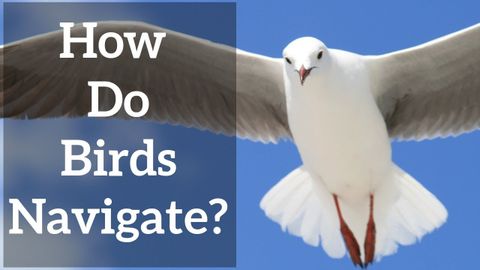鳥怎麼都不會迷路啊?牠們自有一套本領! (How do Birds Navigate? - Sun, Stars, and Magnetic Senses)
April Lu 發佈於 2019 年 05 月 30 日  沒有此條件下的單字
沒有此條件下的單字US /ˈɛvɪdəns/
・
UK /'evɪdəns/
- n. (u.)證據;證據 (法律)
- v.t.表明;證明
US /dɪˈtɚmɪn/
・
UK /dɪ'tɜ:mɪn/
- v.t./i.翻轉 (身體);輕彈;啪地打開;翻轉;炒賣
- n.空翻;翻轉 (的動作);拋
- adj.輕率的
US /ˌdɛstəˈneʃən/
・
UK /ˌdestɪˈneɪʃn/
- n.目的地;旅遊目的地;(電腦)目標位置;(貨運)目的地
